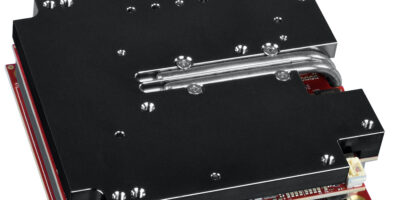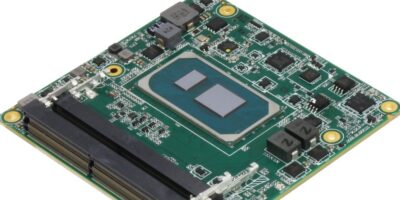Infra red dectectors for aerospace, defence and commerical markets from Lynred now include 12 micron models specifically designed to give optronics systems higher levels of performance to more accurately identify objects in low-contrast scenes.
These 12 micron pixel pitch infra red detectors are based on a microbolometer technology. They have enhanced thermal sensitivity, says Lynred. They can be integrated into outdoor leisure equipment for use at dawn or at night. The range of 12 micron microbolometers can be used to observe nature in early forest mist and in all-weather conditions, reports Lynred.
The 12 micron pixel pitch microbolometer is the emerging standard for producing smaller thermal cameras that use space-saving optics. Noise Equivalent Temperature Difference (NETD) is one of several key parameters used to evaluate the image quality of optronics systems and thermal cameras. The 12 micron antennae will improve the performance of NETD lower than 40 or 50mK, depending on the product grade as well as scene dynamics and mechanical robustness, says Lynred.
The materials Lynred uses to develop microbolometers includes a-Si (amorphous silicon), the principal material underpinning the company’s 17 micron microbolometer. Other materials include Vox, a supplementary technology Lynred developed with the support of CEA-Leti, a high-tech research institute pioneering micro- and nanotechnologies, for integration in the 12 micron infra red detector product family.
The antennae range in size from the Atto320-02: a compact and low-power consumption 320 x 240 digital 12 micron microbolometer. It offers fluid and crisp images, says Lynred and will be available Q1 2022. There is also the Atto640-02, a compact, low power 640 x 480 model in analogue and digital formats, for SWaP (size, weight and low-power) applications. It is available now. The third version is the Atto1280-02, a 1280 x 1024 model, offering a long range detection and wide field of view images. It will be available Q1 2022.







